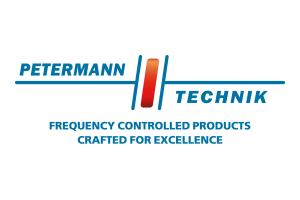ADAC Creates Comparability
Fast Charging is not just Fast Charging
For electric vehicles, not only the range plays an important role, but also the combination of good quick charging capability and efficient consumption - so that it can be used for long distances. But at what point is an electric vehicle even considered suitable for long distances?
The ADAC defines an electric vehicle as suitable for long distances if it has an Ecotest range of at least 300 km and can recharge at least 200 km in 30 minutes. Although the fast-charging technologies of the vehicles are getting better and better, vehicle manufacturers often make only vague statements about this. Accordingly, it is important for consumers to know the quick charging behavior of an electric car. This helps both with the purchase decision and with route planning. The ADAC measured five vehicles during a quick charge process and determined the regained range after 10, 20 or 30 minutes.
The result: the charging strategies differ for models from different manufacturers. The Audi e-tron, which charges constantly with an output of almost 150 kW in the relevant range (10 to 80 percent battery charge level), was convincing. The Mercedes EQC, on the other hand, continuously reduces its charging power even at a battery level of just under 40 percent. The Opel Ampera-e, Renault Zoe and Nissan Leaf generate much lower charging power. They are therefore less suitable for long-distance driving. For example, the Audi e-tron recharges 113 kilometers of range within the first 10 minutes, while the Nissan Leaf recharges only 40 kilometers. After 30 minutes charging time, the e-tron manages 305 kilometers with the charged energy, the Nissan Leaf 124 kilometers.
In future, ADAC will use the e-car tests to determine the charging curves and thus the recharged ranges of the electric cars as standard. This will enable consumers to better compare the e-vehicles in terms of their rapid charging capability.
The ADAC strongly recommends that consumers order the quick-charging function as well, as it makes the use of an electric vehicle much more flexible in everyday life. When on the road, the battery should only be fast-charged to around 80 percent, as charging takes a disproportionately long time afterwards. Manufacturers are called upon to provide consumers with better information on fast-charging technology and not to charge extra for the fast-charging socket. It should now be part of the standard equipment.





